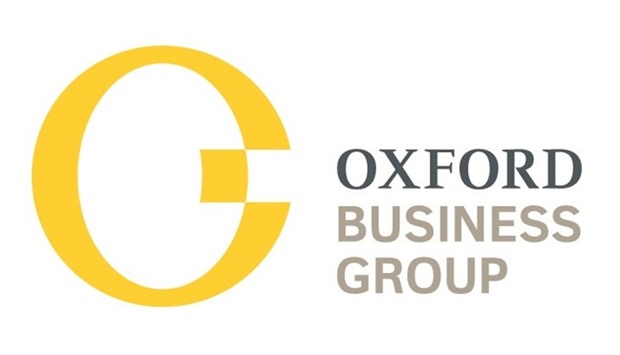Shariah-compliant banking and takaful products see an increasing appetite in the local market, although conventional players still dominate Qatar’s banking and insurance sectors, Oxford Business Group has said in a report.
Islamic financial services (IFS) are playing an increasingly important role in Qatar’s economy, and the sector is poised for growth as the gas-rich country continues to invest in infrastructure and the expansion of its energy sector.
In 2019 the country’s first bank merger, between Barwa Bank and conventional lender International Bank of Qatar, created a new Shariah-compliant entity with a 6% market share.
The Qatar Central Bank (QCB) signalled its intent to create a centralised standards body for IFS in 2020, OBG said in its ‘The Report: Qatar 2020’.
According to the QFC’s “Qatar Islamic Finance Hub Report 2019”, the IFS sector’s total assets grew by an average of 8% per year between 2015 and June 2019, when it was worth $129bn, equivalent to 33% of Qatar’s total financial sector assets.
The largest contributor was Islamic banking, which had combined assets worth an estimated $107bn, or 82% of the sector’s total value. Takaful and non-banking financial institutions each contributed roughly $1bn, while Shariah-compliant capital market assets represented approximately $20bn in outstanding sukuk (Islamic bonds) and $399mn in assets under management, OBG noted.
The report also noted that the exchange-traded fund established in 2018 captured more than one-third of Islamic assets under management that year.
QCB’s annual report noted that between 2012 and 2018 Islamic banks registered a compound annual growth rate (CAGR) of 10.3%. In comparison, conventional lenders recorded a CAGR of 9.8%.
However, Shariah-compliant banks lagged behind their conventional counterparts in 2017 and 2018. In 2016 Islamic banks’ credit and deposits rose by 14.7% and 7.5%, respectively, while conventional banks saw growth of 14.7% and 8.4%.
In 2017 Islamic lenders’ credit and deposit growth both fell to 7.6%, and in 2018 credit increased by 0.4% while deposits contracted by 0.1%. In comparison, conventional banks experienced more robust performance in 2018 with credit and deposits growing by 6.8% and 5.3%, respectively, OBG said.



